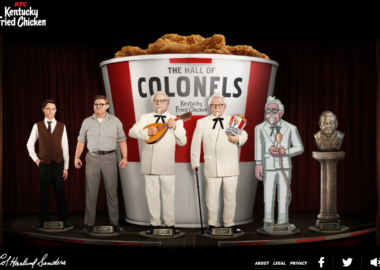I love my Kindle. I love travelling with it, I love carrying a giant library in my (smallish) purse, and I love how I can download the next title in a series at 2 AM if I so desire. However, there’s a lot of room in my heart (and bookshelf) for print books, since they have advantages that no e-book could ever dream of emulating.
1. Distraction-free living
Between Ariana Huffington’s Third Metric, to studies showing how technology disrupts our sleep, we’re told more and more that we need to unplug for the sake of our health. Simultaneously, advertisers are competing more and more for distraction-free attention spans. The printed page never tells you your boss has emailed or that someone has invited you to play Candy Crush. The printed page is a content medium, not a advertising medium. Whatever you’re reading, you’ve temporarily made it your number one priority. That is a rare commodity these days.
2. Accessible Content
Ever flicked through a e-book? Exactly. A print book can suit the shortest of attention spans. Just one memorable photo and it’s accompanying caption can provide a winning story opportunity.
Print books can be beautiful visual presentations, with vibrant photographs and informative graphics. The interplay between photo and text can be some of the most memorable content that you can manufacture; the University of California published a 2011 study that students still preferred print books to learn and retain information. Furthermore, the art book market remains vibrant, proving that the physical artifact is still valued and welcome on many coffee tables.
3. Permanence
Your print books will still be readable and enjoyable 100 years from now, when the existence of the iPad is trivia for your pub quiz. Print books do not need to update their software, never get corrupted files and open in seconds, no matter how fast your Wi-Fi.
4. No need to charge your print book.
Enough said.






